Former Mayor Ed Koch once said that "New York is the city where the future comes to rehearse." While he spoke these words in 1986, they have perhaps never been truer than they are today. As the city shapes its future post-Sandy, can it also become a role model for how a community of leaders and citizens can work together to solve complex and potentially volatile public problems?
The city, after fall, faces a steep challenge. New York is living in changed circumstances. Hurricanes, rare in our past, are now a part of our normal weather pattern. Every borough other than the Bronx is, or is part of, an island, and one that's going to become more prone to flooding. Meanwhile, as it's virtually impossible to evacuate the city, what can we do to insure the residents' safety?
The city's subway, which sees more than five million passengers a day, is over 100 years old, and every single tunnel flooded during the hurricane. In nearly all of the tens of thousands of residential and commercial buildings, the electrical equipment, phone lines and water heaters are in the basement. Natural features like oyster beds, which in the past helped moderate a storm surge, have disappeared over time.
The challenges we face are unprecedented and involve not only rebuilding and renewing, but adapting and reinventing. We have options to choose from, including constructing a flood barrier, changing building codes, or limiting waterfront development.
These are only a few of our options, and none of them are easy. Choosing the fairest and most effective approach will take creativity and collaboration, and a high-functioning democratic process that builds authentic public will and support for bold action.
We are fortunate that many important conversations are happening already throughout the city and in the media about the best way for the region to rebuild in smarter and more resilient ways. But how can we move from conversation to decision and decision to action, especially when many disagree on the best path forward?
The task will require more than just smart designers, power brokers and public officials influencing and making calls on policy. A challenge at this level will take thousands of small efforts on the parts of individuals and communities. It will take a number of big ideas, things that people can't do by themselves, and things that the government can't do without the support of the citizenry. Above all, it will require real collaboration, not only among national, state and local authorities, but also among leaders and citizens.
Before we break ground we must build common ground. All cities teem with individuals and groups with differing perspectives and agendas, New York more than most. Much of the glory of cities rests on that fact. But it also can make it difficult when it comes to doing big things that need to be done.
How do we create the public will to support the bold steps that are required to make our city more secure and resilient in the face of a natural environment that we must, if we are prudent, assume will become increasingly extreme? That is a question with no easy answer.
The age of backroom powerbrokers making the big decisions for the little people is over. At the same time, the mechanisms for engaging citizens in productive consideration of, and participation in, solutions are not in place.
We do, though, know some of the principles and practices that can make a real difference in helping leaders and citizens collaborate to overcome arguments and move toward sustainable solutions. These include:
- Knowing when to include the public. The public feels more strongly about having a voice in some decisions more than others. Taking the time to understand which is which saves time and energy.
We can't afford for the current fruitful conversations to bog down in wishful thinking or petty bickering. To move forward, we must face our choices, weigh their tradeoffs, and work together to shape a vision for New York's future.
If we succeed, we'll not only do great things for a great city, we can also become an example of working through disagreements to make progress on a tough public problem together.